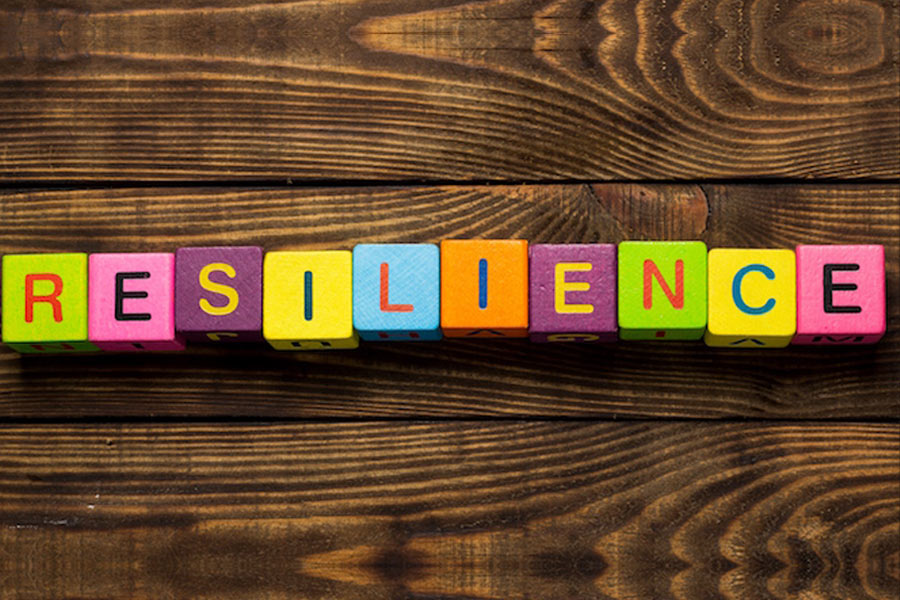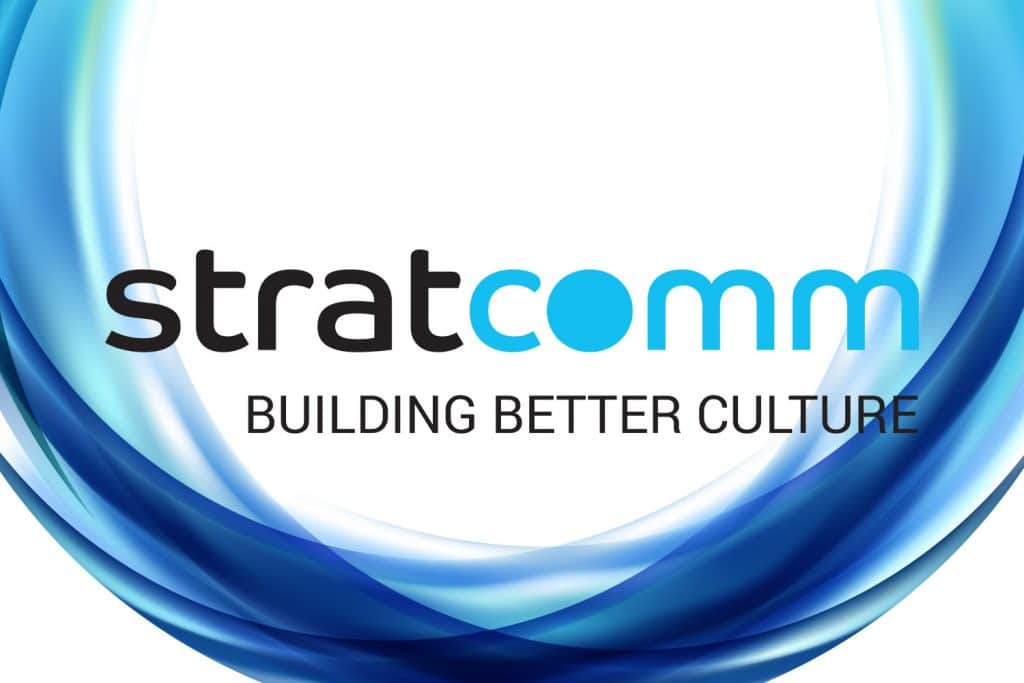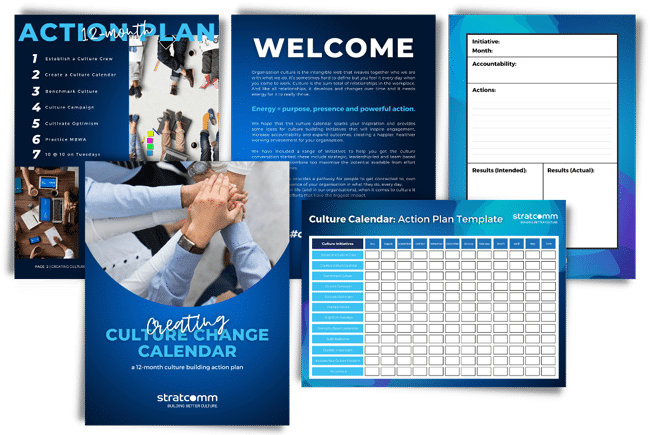As published in Coaching Life magazine
Organisations that experience adversity as part of the everyday, offer an uncommon opportunity for coaching impact. They are usually comprised of a workforce made up of individuals who occupy one or more of the following categories:
- Experienced in looking for, and quick to embrace, alternatives to create more harmony within the organisational environment;
- Aware of and managing the personal impact of everyday challenges that occur within the environment;
- Lacking insight and responsibility for their role in or contribution to the current culture, or;
- Burnt out from prolonged exposure to the above and disengaged from the possibility of improved workplace culture.
Many organisations have an embedded culture of negativity which is evidenced through behaviours such as gossiping, complaints and bullying (to name a few). Perhaps even more difficult to address are the less overt behavioural patterns, such as the formation of cliques which cause fractures within the team, withholding work or passing along work that could easily be completed. Sometimes, very ordinary and seemingly inconsequential occurrences (like not cleaning up communal eating areas) can be interpreted as a sign of disrespect and contribute to a decline in morale, which often precedes an escalation in conflict. Here you can read more information.
THE PRISON SYSTEM
Some organisations are particularly prone to dealing with adversity on a daily basis. Working in the corrective services environment, prison staff (Corrective Services Officers) encounter a range of complex and challenging situations as part of their everyday work environment. Adversity is an ongoing element of the organisational culture. They face potentially perilous situations as a matter of course during their work day and receive significant public backlash when an event or incident is reported in the press. They rarely experience appreciation or understanding of what they are exposed to and almost never receive public acknowledgement of their commitment to protecting society through rehabilitating offenders.
Additionally, there is an entrenched set of cultural dynamics that makes it hard to unify individuals at times. These include:
- a rostered workforce who are not consistently working together and building rapport
- vicarious trauma through prolonged exposure to prisoner behaviour
- a distinct split in the employee base of:
- More experienced staff with the firm view that things should be done as they have always been done, despite their observation that the prison environment has changed over time, and;
- Younger staff who may hold qualifications that outrank their more mature counterparts but lack the maturity and experiential depth of these colleagues.
Given the rostered nature of staff and the distinctly different approaches of each generation working in the same environment, it is essential to find the common vision that underlies their commitment to working in the field. I find that there is always a fundamental commitment shared by the majority of the workforce. In the case of Corrective Services Officers, the commitment to community safety underlies opposing approaches. Once you work back to this baseline commitment and have group consensus, you can then rebuild culture.
In coaching groups around these types of complex issues, the place to start is the same as all standard coaching frameworks:
- Address individual needs through working through real-life scenarios, identifying current and desired states.
- Clarify barriers to bridging gaps then develop potential solutions.
The application, however, is slightly different as it requires a multi-level approach, working with individuals while simultaneously managing the energy of the group. This can be achieved through group check-ins to manage listening and create alignment of interpretation.
If effectively facilitated, these discussions also bring forth the peer support model by leveraging diverse skills within the group, and can begin to mend some of the relationship/rapport issues by re-establishing the two-way flow of communication. Sometimes it is also necessary to take a side-step into a kind of debrief discussion that disrupts the group trajectory (the current culture), inspires insight at the individual level and creates pathways for action. This then reorients the group towards the shared vision and fundamental commitment that lead to organisational outcomes. It’s a particular kind of dance which weaves itself in and out of honing an individual focus and broadening the view to cater to group needs.
CHANGING NEGATIVE THINKING
Mostly, as humans, we want to be right rather than to collaborate for improved outcomes. I think this is largely a result of the interplay between certain organisational elements that prevent powerful communication and improved outcomes at the group level. Commonly, wherever I see conflict, I see stress, change and poor resilience (at the personal, team and broader organisational levels).
Stress and change are the Punch and Judy of organisational dynamics these days. They travel everywhere together, playing off each other and exacerbating reactions and responses that add to a decline in culture and create intensified experiences for individuals. There is true neuroscience behind vocabulary. Language sparks a reaction in us that brings forth feelings, thoughts, memories and past experiences associated with those worlds, thus our words have the power to create worlds.
When people get locked into positional communication and their interactions are driven by cortisol-fuelled interactions rather than stimulating oxytocin, they become fixed on their ideas and, perhaps, closed to considering win-win scenarios that blend, for example, experience with innovation, or the tried and tested with something fresh and new.
On the upside, there is always some stuff that works about organisational culture. For example, sometimes cliques form a necessary peer support model. Within specific teams, I regularly hear individuals reporting how great their own team is, how well supported they feel and how comfortable they are debriefing and sharing openly with their immediate peers, even while collectively the group speaks of organisational dysfunction. Employees uniting is not always a bad thing. The ultimate, of course, is to assist and enable individuals to harness their energy to create improved outcomes within the culture and for the organisation as a whole. Because, let’s face it, at the end of the day an organisation’s culture is the sum total of all the positive and negative behaviours, attitudes and thinking.
If we want to change the culture of the organisation, we must first impact the thinking of individuals.
People always to me say “What about those people who really don’t want to change? The ones who are really attached to their negativity and want to bring others down to their level? You know, those really difficult personalities?”. My first reaction is that when someone is categorised into an inherently negative space, our own thinking has been pulled toward that energetic vibration. We are now seeing that person through a specific filter that keeps them obstructionist. Everything they do becomes a mirror of that filter, a reflection for our own thinking.
That way of thinking creates a very fixed response from our side, where we can only see black and white, right or wrong. Essentially, judging others keeps us in negative space ourselves. A more powerful context is to ask ourselves how we might approach this person to enable or engender a more positive outcome. I call it communicating for outcomes.
BUILDING RESILIENCE
One of the most constructive ways to build skills around communicating for outcomes is through the development of resilience. Resilience is a foundation for healthy response mechanisms. It’s one of those qualities we develop in the background (through self-care, emotional intelligence, social connectivity and cognitive advancement) that is simple to understand but not easy to build. It requires real presence and commitment to something that no-one will really see until adversity strikes, when it becomes observable and aspirational.
There is a specific framework for building resilience that applies to organisations and works at either team or organisation level. This approach centres around building ‘cultures of excellence’ where the organisation commits to individual wellbeing through the provision of psychological education – providing opportunities for personal growth through reflection. Importantly though, for real engagement, there must be pathways to translate individual insight into action that then results in organisational outcomes, otherwise there will be no perceivable benefit, for the individual or organisation.
Pathways for action include an organisational gap analysis that addresses 4 fundamental areas (or thematic categories) that most employee issues can be categorised into:
- Leadership
- Communications and culture
- Workload and resources
- Personal and professional integration
This analysis can only be undertaken authentically once individuals have reflected personally and made the shift from judgement to observation, identifying clearly what works and what does not work for the desired outcome.
Underpinning all of this, there must be a genuine approach to integration and engagement that is based on two-way communication. The organisation must be truly committed to engaging with, and listening to, what employees have to say if they want to cause a genuine shift in culture (including behaviours and attitudes). Positive attitudes create positive behaviours, and positive behaviours result in improved organisational outcomes.
For a win that motivates true change, all parties must be open to an approach that is driven by:
- Relationship Management
- Outcomes Based
- Action orientation
- Human performance improvement




